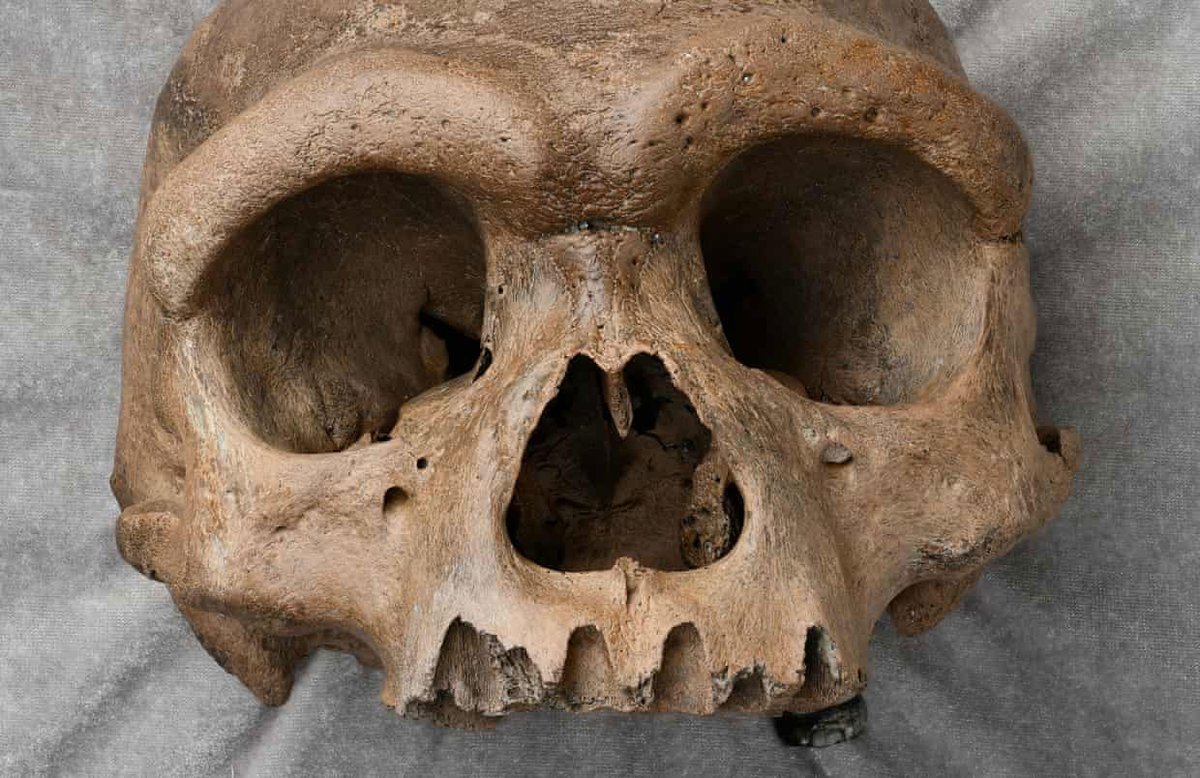So, I've started tracking down the citations in this Magnetodeth paper. It will be a surprise to no one that the papers on genetic bottlenecks do not support the 42,000-year-ago event that the new paper says they do.
For example, the paper claims that thylacines underwent a bottleneck 42,000 years ago, citing Lauren White et al. 2018 doi.org/10.1111/jbi.13… That paper actually says 20,400 years. 

In the Australian case, the cited papers note that extinctions had a regional pattern that began by 48,000 years ago, the number 42,000 refers to a particular Bayesian analysis and not actual last appearance dates (which are more dispersed) doi.org/10.1038/s41467…
Megafauna were doing fine in Eurasia at 42 ka, so the paper suggests "a cluster" of extinctions with the Mono Lake magnetic excursion at 34 ka, citing Cooper's own 2015 work. But that paper shows no appearance of clustering near that time. 

As an aside, it's remarkable how the lag between last appearance dates and extinction times is fungible to fit almost any causal scenario.
Continuing, I tracked down the cited work on the radiocarbon chronology of Uluzzian and early Aurignacian. The paper misrepresents these also. It cites doi.org/10.1073/pnas.1… for end Uluzzian at "around the same time" as Neandertal extinction. But that's not in there at all!
The paper leans heavily on cave art, which supposedly appears "almost simultaneously" in Europe and island SE Asia at 42 ka. But Sulawesi has multiple instances prior to 43 ka. This seems like another case of @ScienceMagazine not reading @ScienceMagazine science.sciencemag.org/content/371/65…
I mean, I'm just SMH over this. These people have a big Science article with a sensational claim about cave art (sheltering from UVB in caves, dazzled by unprecedented auroras). Then a paper appears that totally destroys their key claim. And they go ahead with this thing anyway.
OK, I have just submitted a technical comment to Science outlining these and a few additional problems. I always find this process unsatisfying, like a game rigged in the original authors' favor. But it's a necessary step toward correcting the problems here.
• • •
Missing some Tweet in this thread? You can try to
force a refresh














